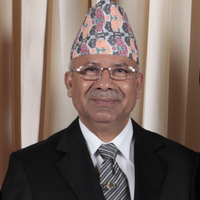Bereft of an ally since the collapse of monarchical rule in Nepal nearly four years ago, China has been struggling to secure its place in the buffer state, wedged between China's volatile Tibet region and its regional rival, India. Hardly a month goes by now without a high-level Chinese delegation arriving in Kathmandu seeking assurances on its security interests.
In February 2005, China offered then-King Gyanendra a lifeline by calling his seizure of power, which otherwise prompted widespread international condemnation, an internal matter. A year later, when the royal regime no longer seemed tenable, China scrambled to build ties with the mainstream opposition parties. When the monarchy finally capitulated in the face of massive popular protests, China began building ties with the country's Maoist rebels, despite having previously armed the royal government to crush the group.
First and foremost, China sees Nepal's Tibet policy as a "litmus test" of Katmandu's posture toward Beijing, according to Zhang Li, a professor of international relations at Sichuan University's Institute of South Asian Studies. During an official visit to China late last month, Prime Minister Madhav Kumar Nepal tried to assuage those concerns. Reaffirming that Tibet and Taiwan are inalienable parts of China, he pledged he would not permit anti-Chinese activities on Nepalese territory.

